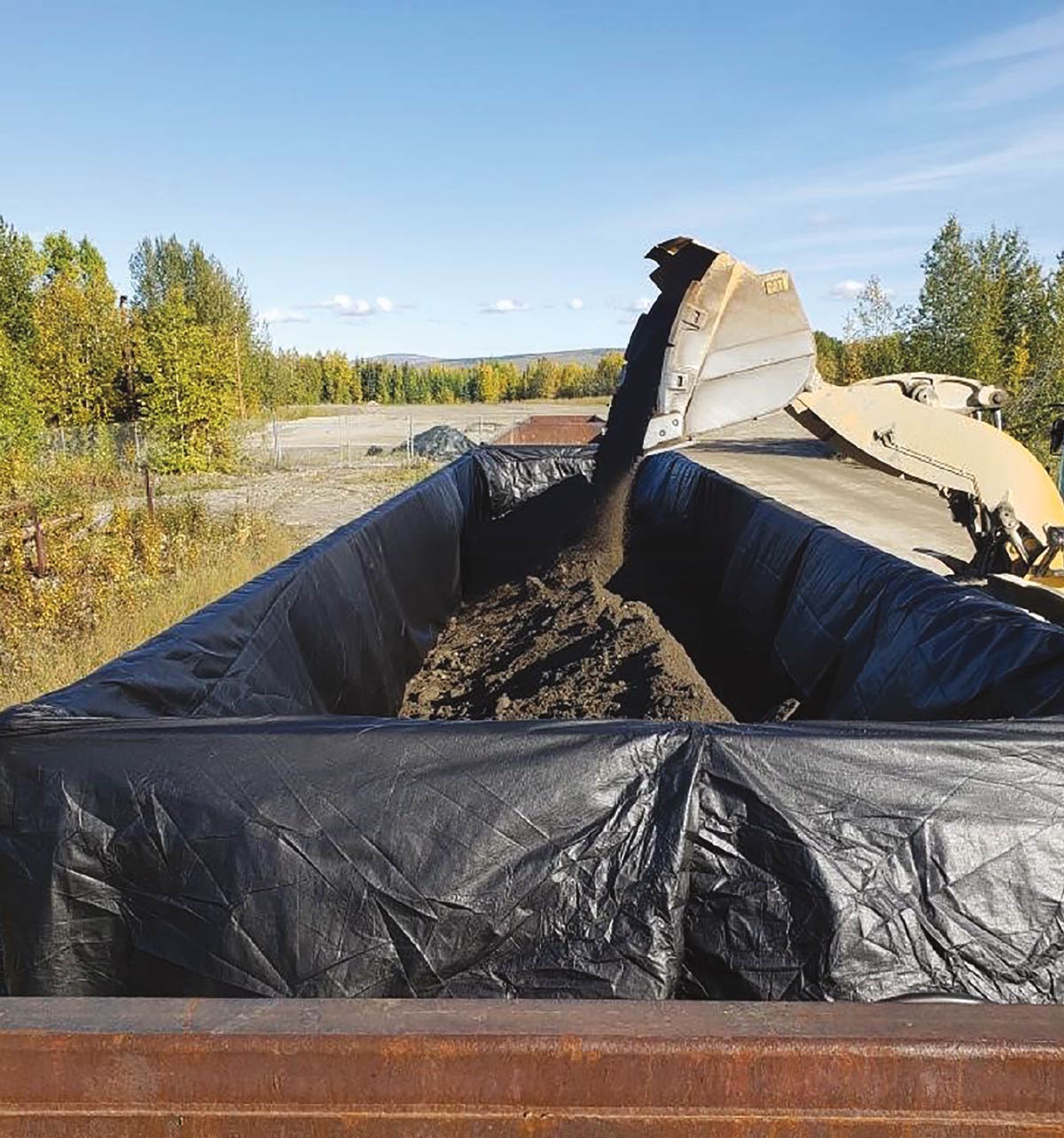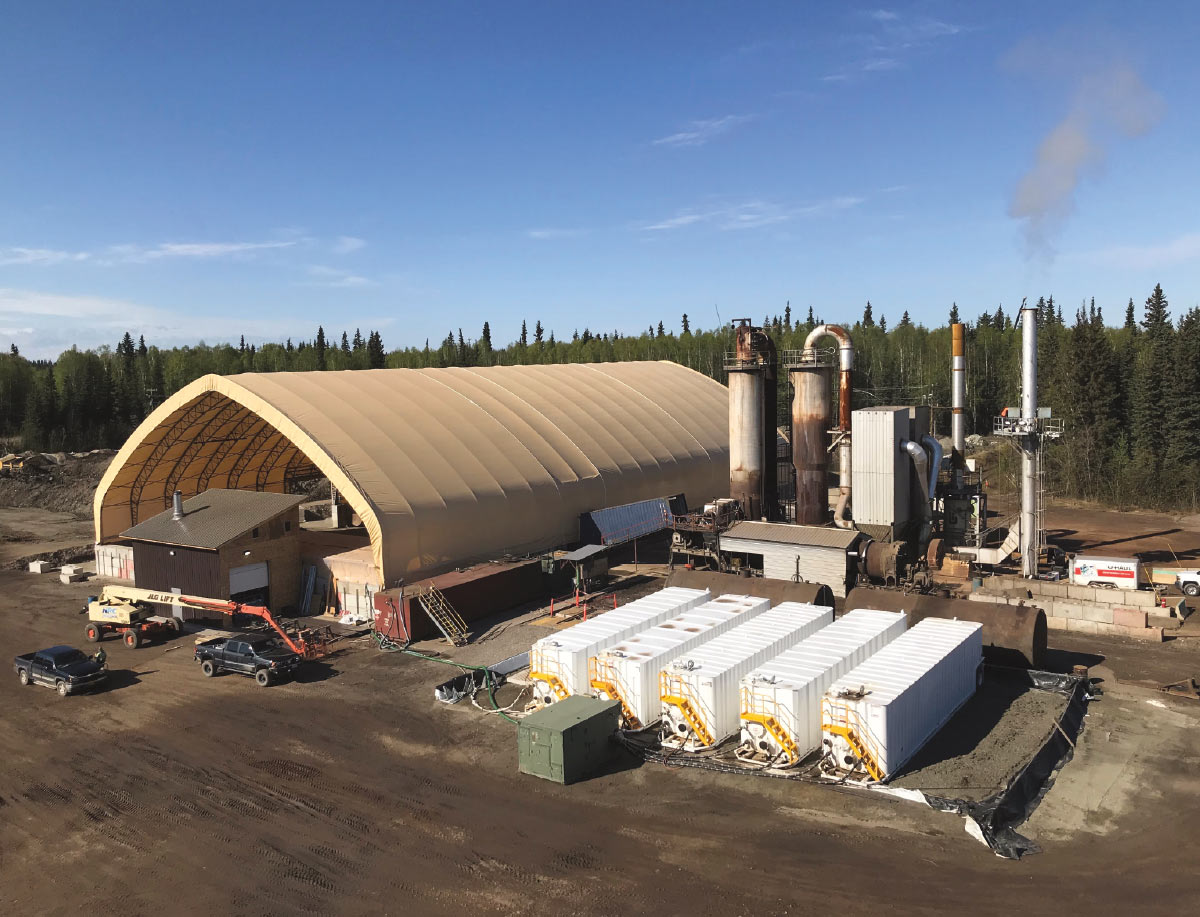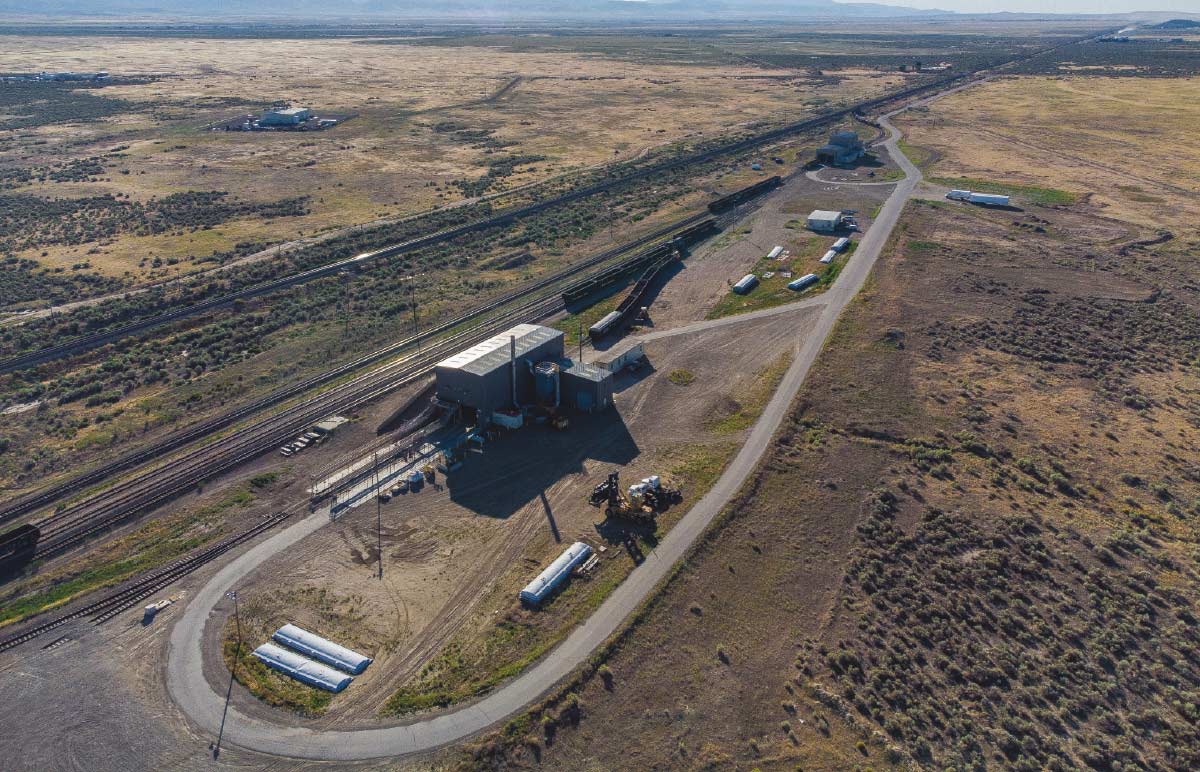hen per-and polyfluoroalkyl substances, commonly known as PFAS, first appeared in the ‘40s, this group of synthetic substances was a dream come true. With their unique ability to repel both oil and water, resist temperature, and reduce friction, chemists quickly found a use for them in all types of daily products and industries, such as non-stick cookware, paints, cosmetics, certain outerwear, to-go food containers, firefighting foam, chrome plating, electronics, construction materials, and oil recovery.
However, the qualities that make PFAS substances so amazing proved problematic. By the ‘90s, studies found that PFAS substances didn’t easily break down in the environment and could travel to groundwater and spread into the soil, build up in the food chain, and bioaccumulate in humans. For these reasons, certain kinds of PFAS have been dubbed the “forever chemical,” though several companies are investing in technologies to make that nomenclature obsolete.
PFAS became a global concern about twenty years ago when researchers began identifying potential health and environmental effects. The effects are nearly imperceptible in small amounts, but the potential for adverse health effects increases if tiny amounts are regularly ingested over long periods of time. Early studies identify potential risks to the development of babies and children, and potential problems with the kidneys and liver in adults, yet scientists are still determining the exact health effects. In general, when people talk about PFAS contaminants in the environment, they are talking about non-polymer substances composed of alkyl chains with toxicology data that appear to create problems at low concentrations.
While the science on PFAS toxicity is still evolving, there is an increased pressure to stop producing and using some types of PFAS and clean up PFAS-contaminated soil and water.
In Alaska, contaminated sites are most often located in places that regularly use Aqueous Film Forming Foam (AFFF) to extinguish flammable liquid fires such as fuel fires. Most shipping ports, airports, military installations, and pipeline and refinery terminals rely on AFFF, as do firefighters who use it at training facilities and load it into firetrucks. Paul Nielsen, Director of Sales and Marketing for US Ecology Alaska, says that, until recently, AFFF was really the only way to put out gasoline fires. The aqueous film that spreads across the surface to suppress flammable liquid vapor is what makes AFFF so effective. Essentially, it suffocates the fire while the foam component further suppresses fires by keeping hot fuel from reigniting. Though it saved a lot of property and lives over the years, the water-resistant nature of the PFAS substances made it possible for contaminants to reach sources of drinking water and soil.
“Fire Suppression Technicians went their entire careers covered head to toe in this stuff as buildings filled up with foam,” says Nielsen. “They sprayed water to wash the foam away. No one back then thought there was a problem. We didn’t know what we didn’t know.”
US Ecology Alaska
US Ecology Alaska

Alaskans can view a list of PFAS contaminated sites on the DEC, Division of Spill Prevention and Response website. As of September, 106 sites were listed as “Active” (sites with confirmed contamination where remediation efforts are not complete or contamination requires more investigation); 10 as “Cleanup Complete-Institutional Controls”; 8 as “Informational” (a recorded site that doesn’t fit neatly into existing categories); and 1 as “Open.” This list also contains details about the site’s location and file number(s) used to reference the Contaminated Site Database also found on the website.
Though US Ecology Alaska has worked on several remediation projects within the state, Nielsen emphasizes that Alaska doesn’t have the same levels of contamination as sites in the Lower 48 after years of large manufacturing companies pouring pollutants directly into water sources. He says the part per trillion (ppt) measurements in Alaska are drops in an Olympic-sized pool compared to other areas of the United States.
“The numbers we see here are nothing like the Midwestern US,” says Nielsen. “It’s comparing apples and oranges.”
Gwinn agrees Alaska is in a different situation but is entirely sympathetic to people’s concerns; however, she worries people are developing a sense of despair from being barraged by a series of urgent messages that don’t consider the steps needed to accurately analyze a site, create a remediation plan that includes an alternative source of drinking water, and implement the plan.
“There is a great value in remaining calm,” says Gwinn. “We want to fix the problem correctly as soon as possible while keeping the community safe.”
Some standard sampling equipment or containers may actually contain PFAS, so specialists in PFAS testing evaluate the composition of equipment and supplies to avoid cross-contamination during sampling, transport, and storage.
The State of Alaska drinking water maximum contaminant levels mirror those of the US Environmental Protection Agency (EPA), which are set at a Lifetime Health Advisory Level of 70ppt for the PFAS substances PFOS and PFOA, or if both are present, a total of 70ppt for PFOS plus PFOA. The Lifetime Health Advisory Level is not a legally enforceable federal standard and is subject to change as new information becomes available. Stefano Marconetto, PFAS Global Practice Leader for Golder Associates Corporation, says addressing risks to people and the environment is the primary driver for any remediation. In the case of PFAS, since these contaminants are very stable and can travel long distances, there can also be an incentive to remediate the issue before it becomes more extensive and more costly.
US Ecology Alaska
US Ecology Alaska

Nielsen says their thermal solutions remediate any level of hydrocarbon contamination while assuring air quality levels are nearly five times cleaner than DEC regulations. Soil returned from this process is clean enough for reuse or resale.
In Anchorage, US Ecology Alaska also has PFAS contaminated wastewater treatment technologies that offer a compliant alternative to traditional wastewater treatment. This type of disposal is ideal for low-level PFAS-impacted non-hazardous industrial wastewater.
At times, US Ecology Alaska’s clients choose to have their PFAS-contaminated waste transported via rail to their secure disposal facilities in Idaho and Nevada. These facilities are designed to handle several hundred types of hazardous waste streams, safely securing PFAS waste materials and ending the mobility cycle. With negative amounts of annual net precipitation (that is, more evaporation than rainfall), extremely low humidity, and zero discharge, their secure disposal options are preferable to municipal landfills, which lack rigorous containment, leachate management, and advanced environmental monitoring systems.
“We always work with our customers to find a treatment solution that works best for their situation,” says Nielsen.
AECOM research and development has focused on definitive ways to destroy PFAS from contaminated liquids without generating hazardous waste. The leading three alternatives in development today include their DE-FLUORO technology, plasma treatment, and supercritical water oxidation. DE-FLUORO uses the process of electrochemical oxidation to destroy PFAS by breaking the carbon and fluorine bonds, while plasma treatment splits the chemicals apart in the water using an energy-intensive process. Supercritical Water Oxidation is a process where water is heated above 705°F and at a pressure of 221.1 bar, putting it in a special state of water where certain chemical oxidation processes are accelerated. Organic compounds, usually insoluble in liquid water, are highly soluble in supercritical water. In the presence of an oxidizing agent (such as oxygen), supercritical water dissolves and oxidizes various pollutants.
“In about a year, many of these will be commercially viable technologies,” says Gwinn. “It’s the golden snitch. Everybody wants it.”
Golder’s research into PFAS destructive technologies has led to two breakthroughs: a ball milling process and electric oxidation of water and wastewater. They also offer several non-destructive methods, including incineration, ion exchange resins, and granular activated carbon. In addition to developing new, cost-effective solutions, Golder also collaborates with universities and research groups worldwide to advance science and knowledge on PFAS.
“We find that while PFAS management presents specific challenges and each site demands consideration of its unique aspects, innovative tools are yielding positive results,” says Marconetto.
US Ecology Alaska
US Ecology Alaska

Low regulatory criteria allow for a broad interpretation of the EPA’s standards. Most states disagree on whether standards should apply to all PFAS or only select chemicals within the class. Likewise, regulatory criteria don’t require the use of PFAS destructive technologies, which means the possibility of further contamination through byproducts associated with non-destructive PFAS methods. Finally, remediation takes time and money. The remediation cost depends on on-site characteristics, source of contamination, site management goals, and technology used. Some remediation may cost several million dollars.
For many industrial processes, production has shifted to types of PFAS that are currently considered less harmful or use PFAS-free chemistry. There are firefighting foams containing more environmentally friendly PFAS substances and foams that do not contain any fluorine-based compounds. The biggest challenge is identifying replacement chemistry that provides the same characteristics as PFAS-based products without creating harmful effects.
Marconetto feels completely replacing harmful PFAS products with less harmful alternatives will take time. “Although restrictions on the manufacturing, imports, and use of some PFAS are now in effect in the United States and several places around the world,” he says, “those PFAS are still present in products developed before they were discontinued, like the carpets in our homes.”
Until regulations are established, Nielsen emphasizes tackling more prominent sources of contamination, like AFFF, versus the smaller commercial products like outerwear and cookware.
Nielsen says, “The ultimate goal is to end the PFAS mobility cycle by getting it out of the environment and stop it from being put back using the wide range of proven technologies currently available.” ![]()